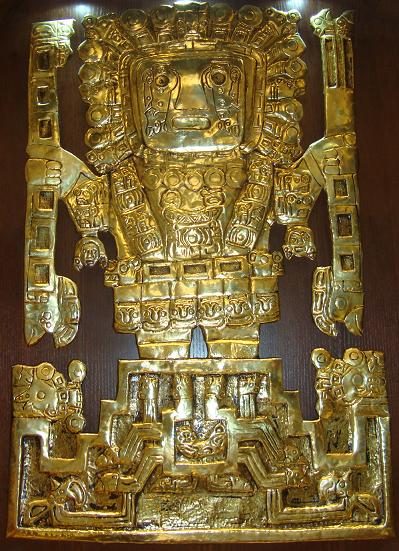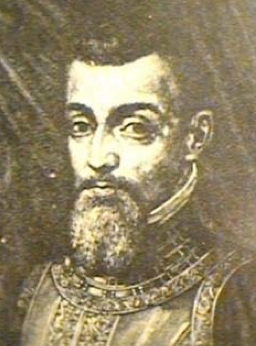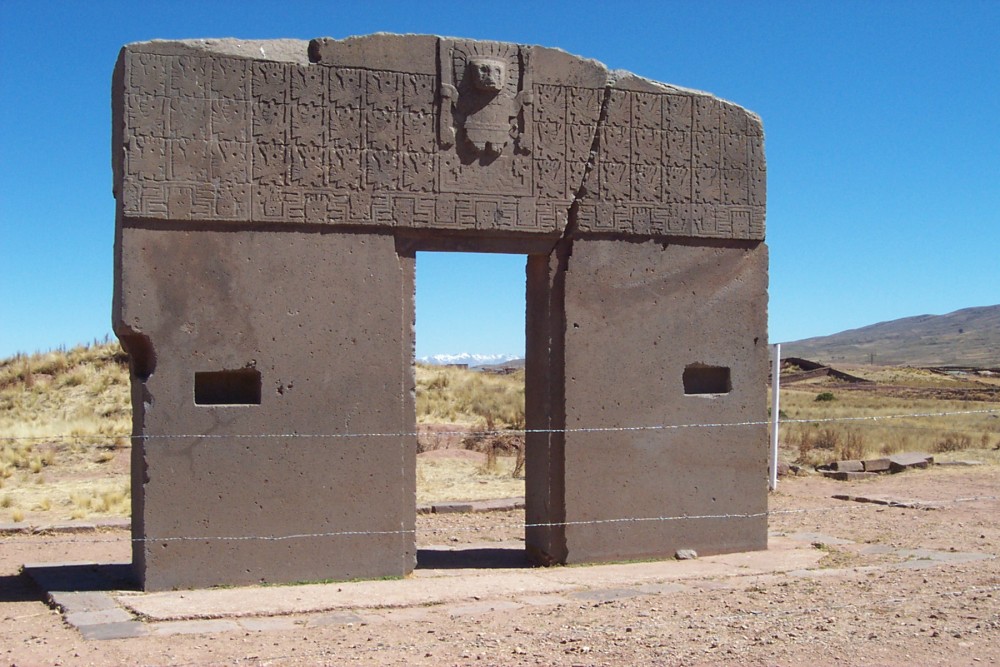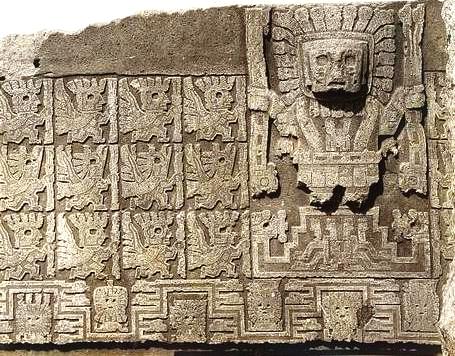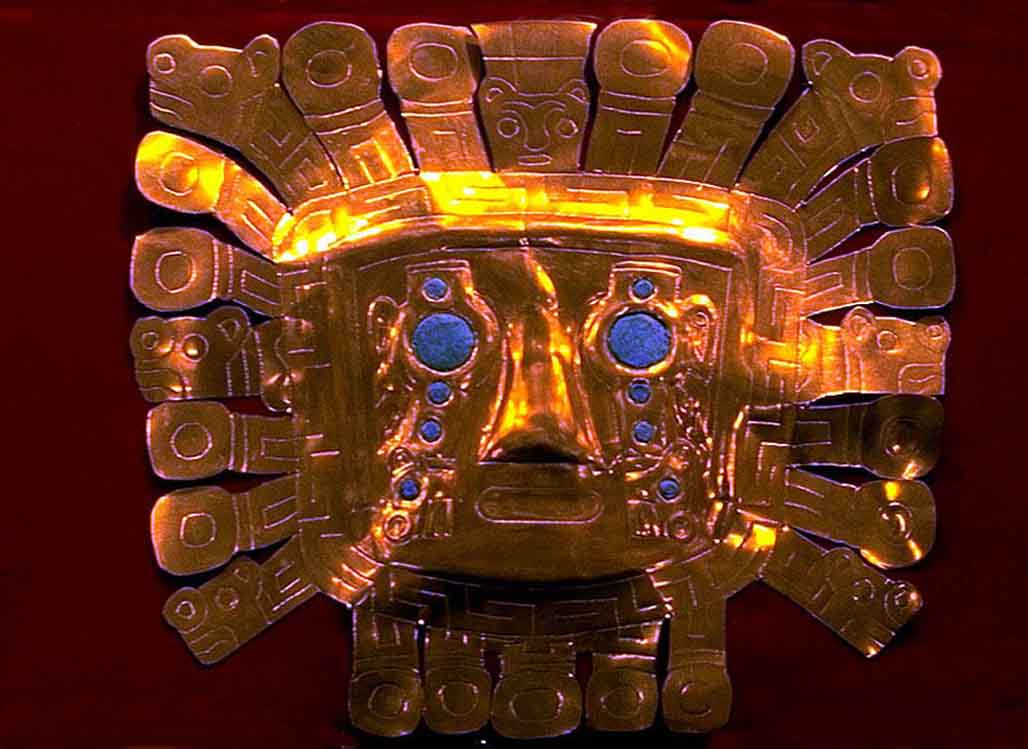Jesus Wept and the Multitude Bare Record of It
Viracocha/Jesus Christ/The Weeping God
"And it came to pass that when Jesus had made an end of praying unto the Father...Jesus spake unto them, and bade them arise. And they arose from the earth, and he said unto them: Blessed are ye because of your faith. And now behold, my joy is full."
"And when he had said these words, he wept, and the multitude bare record of it, and he took their little children, one by one, and blessed them, and prayed unto the Father for them.
And when he had done this he wept again;" (3 Nephi 17:18-22)
----------------------
I want to focus upon two things in the above scriptures.
1st. Jesus Christ the God of the whole world, cried for joy love and compassion toward those Nephites whom he was teaching. Or as the scriptures say “he wept”.
2nd. The other thing that I find interesting is that it was so touching and meaningful to those who saw the Savior cry for the love and joy that he had for them that “the multitude bare record of it”.
Note: The word “record” means to make “an account of an act or occurrence kept in writing or some other permanent form for later reference". They would have also testified of that event by bearing testimony to their future children and grandchildren and others.
The early Peruvian writings of early explorers, Catholic priest and chronologies testify that pre-Columbus ancient Peruvian people had knowledge of a God who had visited their early ancestors who had for some reason wept or cried. The ancient traditional pass-along history of a weeping god, with the various carvings of this weeping God. Carved on stone and on various golden artifacts. Give us archaeological and historical evidence of a God who actually wept when he came to visit these ancient people in the western hemisphere.
------------------------------------------------------------------------------------------------------
Viracocha / The Weeping God
<< Viracocha the Weeping God.
Note: The three teardrops on his right eye and the four teardrops on his left eye.
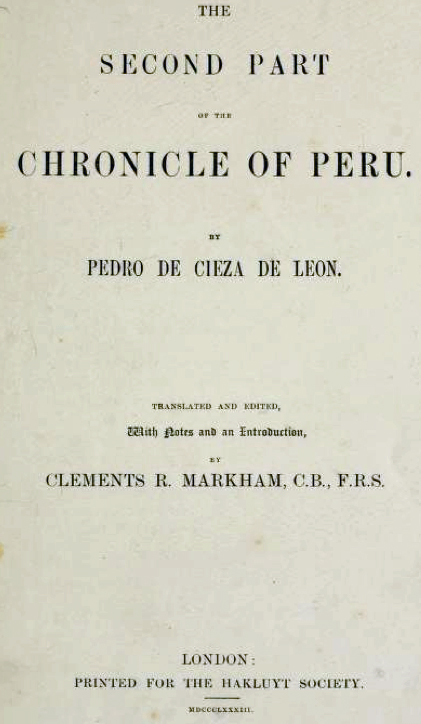 << The second part of the Chronicle of Peru By Pedro de Cieza de León. Published in English in 1883.
<< The second part of the Chronicle of Peru By Pedro de Cieza de León. Published in English in 1883.
"A strange Man of Great Stature"
"Before the Incas reigned in these kingdoms...the Indians relate another thing much more notable that all things else that they say. For they declare that they were a long time without seeing the sun, and that suffering much evil from it absence, great prayers and vows were offered up to their gods, imploring for the light they needed." (The second part of the Chronicle of Peru, p. 5-6)
The god Viracocha was held by the Inca Indians of ancient Peru "to be the supreme lord and creator of all things" or the "creator of the world..." "For as long as these Indians can remember, the account of Viracocha has been handed down from person to person, and this name has been greatly venerated,[respected]." "In the city of Cuzco there was a temple...dedicated to the god Viracocha. ...a statue of Viracocha was put in this temple. The statue was in human form...made entirely of solid gold of very high quality...." (Inca Religion and Customs by Father Bernabe Cobo. p. 22 & 23)
According to various Catholic historians, and Catholic priests, arriving in Perú shortly after Francisco Pizarro and the Conquistadors in the 1500’s. The Catholic historians, and priests learned of and wrote about Viracocha based on oral accounts they received from the Incas and their study of Inca customs and practices still in existence at the time of the conquest of Peru. They also saw and described several statues and carved representations of Viracocha that were worshipped by the Incas and their ancestors.
What is most interesting and very significant is that many characteristics and actions of Viracocha documented by the Catholic historians and priests in the 1500s’ match the Book of Mormon recorded events of the resurrected Jesus Christ's coming to the Americas.
The Catholic historians and priests learned of and wrote about Viracocha based on oral accounts they received from the Incas and their study of Inca customs and practices still extant at the time of the conquest of Peru. They also saw and described several statuary representations of Viracocha that were worshipped by the Incas and their ancestors.
Comparisons show that the ancient descriptions of Viracocha differ in key respects from the Catholic priest conceptions of Christ, which is evidence they were not purposely infusing Viracocha with Christ-like characteristics. What is of significance is that many of the Catholic accounts of the Peruvians handed down legends are in complete harmony with the Mormon events of Jesus Christ coming to the Americas. The evidence is that Viracocha was indeed the Christ spoken of in the Book of Mormon.
The Catholic historians, and Catholic priests, the Cronistas’ or chroniclers writings "were not published until the late 19th and early 20th Centuries". (Cronistas and ancient Peruvian ethno-history, by Frankin Pease) The Book of Mormon was published in 1830.
----------------------
“They kissed his feet . . . calling him Tunum . . . Lord, the son of the Creator.” (Antonio de la Calancha, Cronica, supra at pg. 334)
Note: "...the multitude did kiss his feet...." (3 Nephi 17:10)
----------------------
“There came a bearded, white man of large stature whose personal aspects showed great authority. And this man had such power as to make plains into mountains and mountains into plains, as well as fountains of water out of rock. Wherever he went he healed the sick, giving sight to the blind with just words. He ordered men to live in peace. They called him Viracocha, Creator of All Things.” (Pedro Cieza de Leon, Catholic Historian, Peru, 1550)
“Towards mid-day, there came a white man of large stature in whose personal aspects showed great authority, and this man had such power as to make plains into mountains and mountains into plains as well as fountains of water out of rock. With such power, they called him Creator of all things created, first of all things, Father of the sun, because they say he gave life to men and animals . . . In many places he ordered men to live in peace, and he treated them with love and charity, teaching them to be good to one another and have charity . . . They generally called him Ticiviracocha . . . and wherever he went he healed the sick, giving sight to the blind with just words." (Pedro Cieza de Leon, Catholic Historian, 1558)
Viracocha was the great creator god in the pre-Inca and Inca mythology in the Andes region of South America. Viracocha was one of the most important deities to the Incas. He was understood to be the creator of all things. Viracocha created the universe, sun, moon, and stars. When he came, did he shined like the sun, as shown by sunrays around his head. This God, today called Viracocha, also has tears descending from his eyes.
----------------------
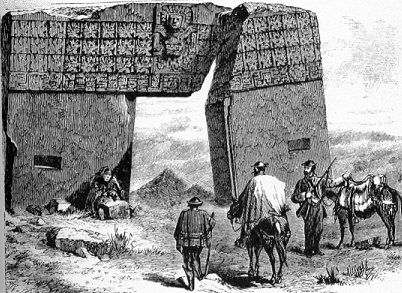 << Weeping God, Viracocha,-gate, at Puma-Punku, Bolivia, (1877 drawing)
<< Weeping God, Viracocha,-gate, at Puma-Punku, Bolivia, (1877 drawing)
<<Weeping God, Viracocha,-gate at Puma-Punku, Bolivia,
<<Weeping God, Viracocha,-gate at Puma-Punku, Bolivia, (picture taken 1903-1904)
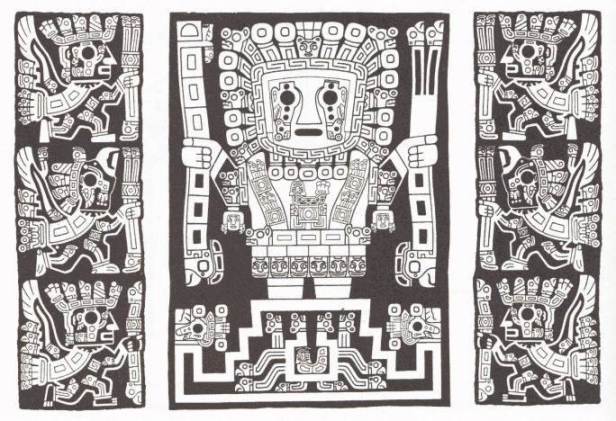 << Weeping God, Viracocha-Drawing
<< Weeping God, Viracocha-Drawing
<<Weeping Viracocha,Gold face,Tiahuanaco, Peru, Dated 300-600 AD
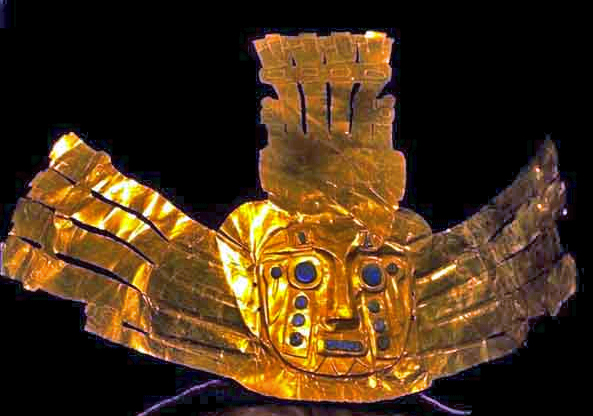 <<Weeping Viracocha, gold crown or headband from Tiwanaku, Bolivia, Dated 300-600 AD
<<Weeping Viracocha, gold crown or headband from Tiwanaku, Bolivia, Dated 300-600 AD
